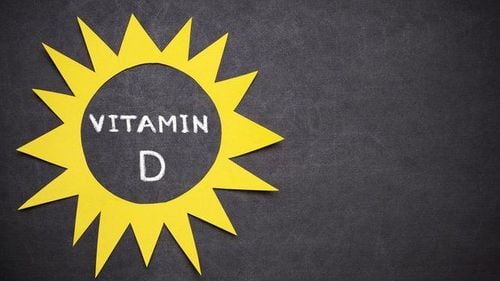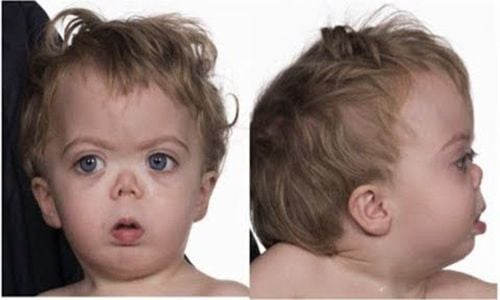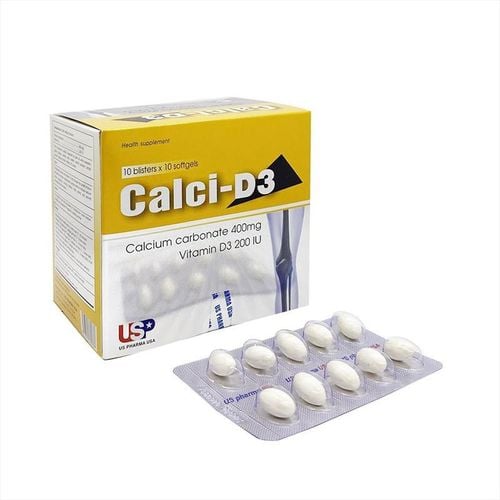This is an automatically translated article.
The article was consulted with Master, Doctor Nguyen Thi An - Pediatrician - Neonatologist - Department of Pediatrics - Neonatology - Vinmec Ha Long International General Hospital.Rickets in children is a concern of parents. The leading cause of this condition is Vitamin D deficiency.
1. Role of Vitamin D
Together with parathyroid hormone and calcitonin, vitamin D maintains normal plasma concentrations of calcium and phosphate by helping to better absorb these substances through the intestines, reducing their excretion by the kidneys. and thereby help build normal bones.Vitamin D deficiency will cause a number of diseases such as rickets in children and osteodystrophy in adults. Vitamin D is used to treat chronic hypocalcemia, hypophosphatemia and hypoparathyroidism.
2. Causes of Vitamin D deficiency in children
The baby is not getting enough sun exposure (especially during the winter months) and the baby is not breastfed, or the baby is exclusively breastfed but has low vitamin D levels in breast milk because the mother is less exposed to sunlight. sunlight, mothers have severe vitamin D deficiency during pregnancy. Children eat formula milk, eat powder early, eat a lot of flour (inhibit calcium absorption) or a diet lacking in calcium, phosphorus, vitamins and other minerals. Children whose diet is mainly based on vegetables and nuts, do not use milk or foods fortified with vitamin D. Children with infectious diseases (respiratory infections, measles, prolonged digestive disorders). ...). Some geographical factors, climate, winter, foggy high mountains, cramped housing, environmental pollution,... increase the risk of vitamin D deficiency.
Không tiếp xúc đầy đủ với ánh nắng mặt trời cũng là nguyên nhân gây thiếu vitamin D
3. Signs that children are deficient in Vitamin D
Nervous system signs include:The child is fussy, restless, or startled due to nervous stimulation. Or night sweats. Children have signs of physical retardation, pale skin, enlarged spleen. Signs of bones:
Teeth grow slowly, unbalanced, slow to crawl, walk,... The skull is deformed, the skull is soft, concave, and the head is flat. Bow legs, curvature of the spine. Other signs:
Hair loss in the shape of a scarf
4. Vitamin D deficiency causes what disease?
Vitamin D deficiency:Causes calcium depletion, weakens bones, causes rickets, especially increases the risk of bone fractures Affects lung function and makes asthma May lead to high blood pressure increased risk of death from cardiovascular disease. In addition, cancer diseases are associated with vitamin D deficiency.
5. How to prevent vitamin D deficiency in children?

Bổ sung thực phẩm giàu vitamin D
Please regularly visit Vinmec.com website and update useful information to take care of your baby and family.













